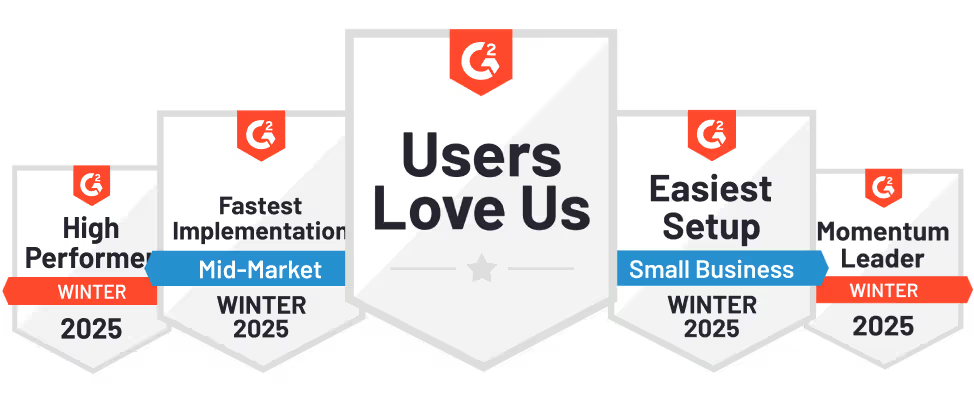Every company has a different marketing budget, and not all can spend lavishly on LinkedIn ads. The aim is to spend smartly. Here’s a quick breakdown of how each company can allocate their ad budget:
Early Stage Companies (Ad Spend <$10K)
For early-stage SaaS companies with limited budgets, LinkedIn is best used to test messaging, build awareness, and drive initial leads at a low cost. The focus should be on micro-targeting and organic amplification.
Focus on one to two core audiences. Target specific industries and job titles that reflect your highest-value prospects. Avoid broad targeting that can quickly deplete your budget.
- Budget Distribution – Allocate 80% of the budget to BOFU lead capture and 20% to thought leadership or awareness.
- Audience Size – Build retargeting audiences between 5K-15K to maximize efficiency and ensure budget longevity.
- Creative Cadence – Refresh ads every 6-8 weeks to maintain engagement without overspending.
Roman Krs, founder of Grouts Online, has given a roadmap on how early-stage companies can gradually increase their budget:
“Once you see traction, commit to $10K-$15K per month for the next 3-6 months. This is where optimization happens – closely monitor how those leads translate into pipeline and sales. Use the data to understand win rates and sales cycle length, which will give you clarity on how scalable the program is. When the numbers look right, scale the budget by 30-50%. From there, track the leading indicators over the next 3-6 months to ensure consistent growth without overspending.”
SMBs (Ad Spend: $10K-50K)
For SMBs, the focus shifts towards cost efficiency and lead quality. If you budget comes between $ 10K-$50K, it’s essential to concentrate on mid to bottom-funnel activity, generating leads that can quickly convert into paying customers.
- Prioritize MOFU and BOFU Campaigns – While awareness ads have value, allocate 70% of your budget to lead generation and retargeting campaigns.
- Audience Focus – Build audiences between 20K-50K. This strikes the right balance between reach and precision without exhausting your budget.
- Retargeting Sequences – Run a two-step retargeting flow:
- First Touch: Gated content (e.g., reports, playbooks).
- Second Touch: Testimonial or case study ads driving prospects to a demo request.
Enterprises (Ad spend: $50K+)
With larger budgets, building expansive audiences is tempting, but precision drives higher-quality engagement. Enterprise SaaS campaigns perform best when targeting key decision-makers across specific industries and company sizes.
Audience Strategy
- Lookalike Audiences (Secondary): Use lookalikes based on closed-won accounts or longstanding customers. LinkedIn will identify companies with similar attributes.
- Intent-Based Audiences: Retarget visitors to pricing, demo, and case study pages using LinkedIn’s Insight Tag. This pool typically shows the highest conversion rates.
- Engaged Prospects: Create audiences of webinar attendees, video viewers (50%+), and form-fillers. These leads are actively researching solutions.
Ad Spend Distribution
- TOFU (20-30% of Spend): Sponsored video ads, thought leadership content, and industry insights targeting broad audiences.
- MOFU (40-50% of Spend): Focus on case studies, feature breakdowns, and webinars. This stage is about nurturing engaged leads and reinforcing the value of your solution.
- BOFU (20-30% of Spend): Direct InMail campaigns, ROI-driven carousel ads, and retargeting testimonial videos to get prospects to book demos or trials.
Enterprise leads rarely convert on the first touch. Multi-step retargeting flows allow you to stay top of mind while progressively reinforcing your value proposition.
Retargeting Flow:
- First Touch (Gated Content, Reports, Playbooks): Focus on high-value assets that educate and frame your product as the solution to a key pain point. Target webinar registrants or whitepaper downloads.
- Second Touch (Testimonial or Case Study Ads): After initial engagement, retarget users with carousel ads or video testimonials showcasing how similar enterprises have seen success.
- Third Touch (Direct Call to Action – Demo or Trial): Target those who watched 75% of a video ad or clicked on case study links. The goal here is to drive demos with direct, conversion-focused messaging.











